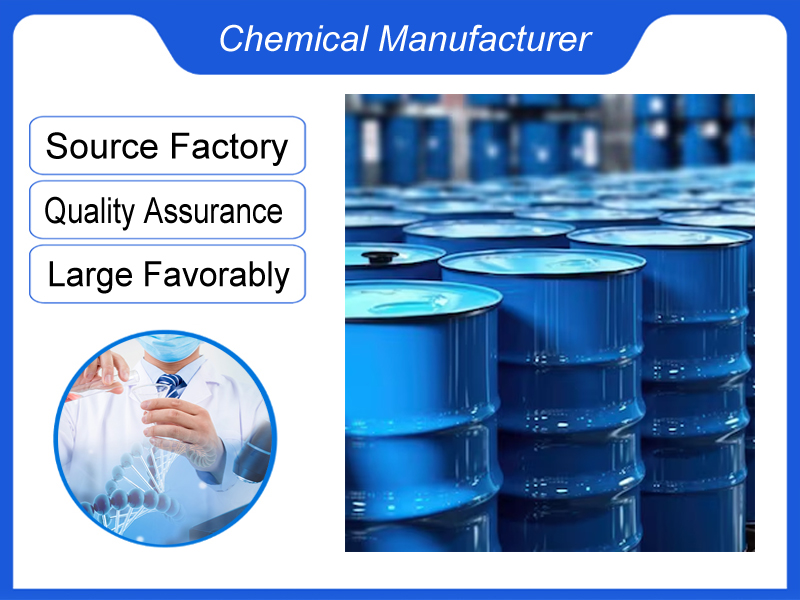
PHENOLIC RESIN
Category:Paint chemicals
Introduction
Phenolic resin is the reaction product of phenol and formaldehyde. It offers good mechanical strength, dimensional/thermal stability, and good resistance to electricity, solvent, and acid. It is widely used in molding materials (including electronic packaging materials), laminating materials, polishing materials, bonding, impregnation, casting and other applications.
Phenolic Resin: Overview and Key Properties
| Category | Details |
|---|---|
| Chemical Name | Phenol-formaldehyde resin (PF) |
| Type | Thermosetting polymer |
| Discovery | First synthesized by Leo Baekeland (1907) |
| Monomer Units | Phenol (C₆H₅OH) + Formaldehyde (CH₂O) |
| Curing Process | Heat-induced cross-linking (irreversible) |
Types of Phenolic Resins
| Type | Characteristics | Applications |
|---|---|---|
| Resole Resin | Alkaline-catalyzed, heat-curable; soluble in alcohols | Adhesives, coatings, laminates |
| Novolac Resin | Acid-catalyzed, requires curing agents (e.g., hexamine) | Molding compounds, abrasives |
Properties
| Property | Value/Description |
|---|---|
| Thermal Stability | Up to 300°C (572°F) |
| Flame Resistance | Self-extinguishing, low smoke |
| Electrical Insulation | Excellent dielectric properties |
| Chemical Resistance | Resistant to acids, solvents |
| Mechanical Strength | High rigidity, brittle without fillers |
Applications
| Industry | Uses |
|---|---|
| Automotive | Brake linings, clutch plates |
| Electronics | Circuit boards, insulation parts |
| Construction | Plywood adhesives, laminates |
| Consumer Goods | Kitchenware handles, billiard balls |
Advantages vs. Limitations
| Advantages | Limitations |
|---|---|
| High heat resistance | Brittleness (requires additives) |
| Low cost | Dark color (limited to opaque uses) |
| Eco-friendly (no halogens) | Slow curing time |
Comparison with Other Resins
| Resin Type | Phenolic vs. Others |
|---|---|
| Epoxy | Lower cost, but weaker adhesion |
| Polyester | Less heat-resistant, more flexible |
| Silicone | Higher temperature tolerance, more expensive |
Summary
Phenolic resin, the first synthetic polymer, remains vital due to its thermal stability, flame resistance, and cost-effectiveness. Though brittle, its versatility spans adhesives, electronics, and fire-safe components. Innovations focus on enhancing toughness and expanding applications in green composites.





